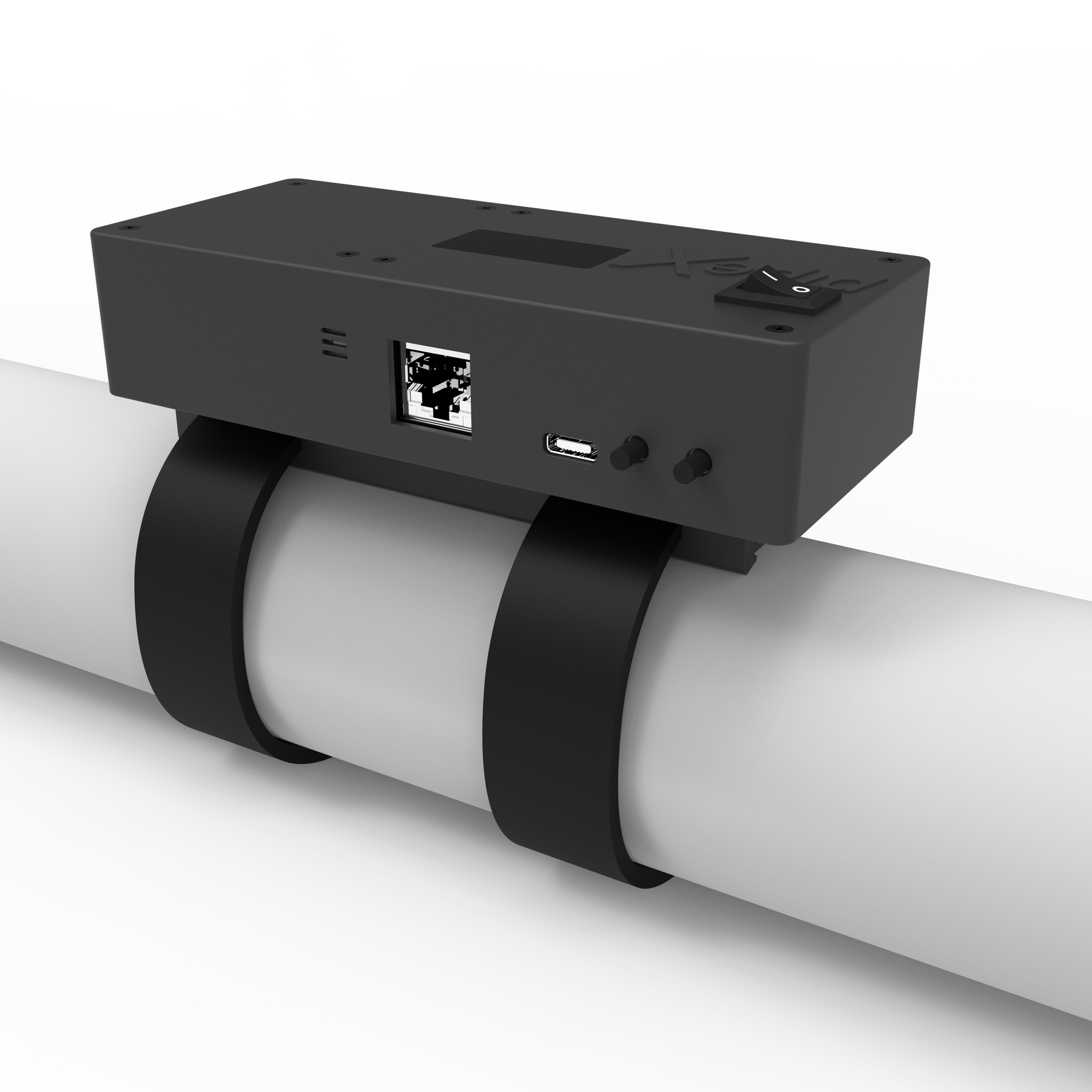When it comes to maintaining a pristine and mold-free bathroom, knowing how to seal bathroom tile is paramount. Homeowners and real estate developers often seek practical, effective solutions to prolong the life and beauty of their bathroom tilework. Fortunately, the technology and methods available today are both practical and user-friendly, delivering tremendous results when implemented correctly. In this article, we will delve into the nitty-gritty of sealing bathroom tiles, offering a comprehensive guide suitable for everyone from DIY enthusiasts to professionals.

What is Tile Sealing?
Sealing bathroom tiles involves applying a protective layer over the tile and grout to prevent moisture from seeping in. This not only enhances the durability of your tiles but also prevents potential issues like mold growth and grout discoloration. Sealing is a crucial step in bathroom maintenance, ensuring your tiles remain stunning and intact for years to come.

Why Seal Bathroom Tiles?
Prevents Water Damage
Bathrooms are exposed to constant moisture. Without proper sealing, tiles and grout can absorb water, leading to unpleasant consequences such as mildew, mold, and even structural damage. A well-sealed bathroom ensures that water stays on the surface, making it easier to clean and maintain.
Enhances Tile Longevity
Sealing your tiles can significantly extend their lifespan. The protective layer helps resist stains, dirt, and the general wear and tear that comes with daily use. This not only keeps your bathroom looking fresh but also saves you money on potential repairs or replacements in the long run.
Improves Aesthetic Appeal
Regularly sealed tiles maintain their shine and color, making your bathroom look luxurious and well-kept. Whether you are a homeowner wanting to impress guests or a real estate developer aiming to enhance property value, sealed tiles can make a tremendous difference.

Types of Tile Sealants
Penetrating Sealers
These sealers absorb into the tile and grout, providing protection from within. They are ideal for natural stone tiles, including marble and granite, as they preserve the tile’s natural look while offering excellent protection.
Topical Sealers
Topical sealers create a protective layer on the surface of the tiles and grout. They are suitable for high-gloss finishes and provide immediate protection, although they may require more frequent reapplication compared to penetrating sealers.
Combination Sealers
Combination sealers offer the best of both worlds by penetrating the tile while also providing a surface layer of protection. These versatile sealers are suitable for a wide range of tile types and conditions.
Steps to Seal Bathroom Tiles
- Clean the Tiles and Grout: Ensure the surface is free of dirt, grime, and soap scum. Use a mild detergent and a scrub brush, or consider using specialized tile-cleaning products for the best results.
- Apply the Sealer: With a clean, dry surface, use a foam brush or a small roller to apply the sealer evenly. Make sure to cover all grout lines and tile surfaces, working in small sections to ensure thorough coverage.
- Let it Dry: Allow the sealer to penetrate and dry fully. Drying times can vary depending on the product, so always refer to the manufacturer’s instructions.
- Apply a Second Coat (if necessary): For added protection, some tiles may require a second coat of sealer. If so, allow the first coat to dry completely before applying the second.
- Buff the Tiles: Once the sealer is dry, use a clean cloth to buff the tile surface, ensuring a smooth, polished finish. This step helps remove any excess sealer and enhances the tile’s shine.
Common Mistakes to Avoid
Skipping the Cleaning Step
Failing to thoroughly clean your tiles and grout before sealing can trap dirt and grime, reducing the effectiveness of the sealant and leading to a less-than-perfect finish. Proper preparation is crucial for optimal results.
Overlooking Reapplication
Sealing is not a one-time job. Over time, sealants wear down and require reapplication. Make a habit of checking the condition of your sealed tiles and apply a fresh coat as needed to maintain their protective properties.
FAQs
How often should I seal bathroom tiles?
It’s recommended to seal your bathroom tiles at least once a year. High-traffic areas or tiles exposed to a lot of moisture may require more frequent reapplication.
Can I use any sealant for all types of tiles?
No, different tiles require different types of sealants. Always check the manufacturer’s recommendations to ensure you are using the appropriate product for your specific tiles.
Is sealing bathroom tiles a DIY project?
Yes, with the right tools and instructions, sealing bathroom tiles can be a DIY project. However, for large or complex areas, hiring a professional is advisable.
For more insights into maintaining your home, check out this complete guide on development and ensuring sustainable and effective practices. Additionally, you can explore our tips on LEED certification for best practices in real estate development.
For external inspiration on bathroom tiles, visit House Beautiful for fantastic bathroom tile ideas.
As an Amazon Associate, I earn from qualifying purchases.




